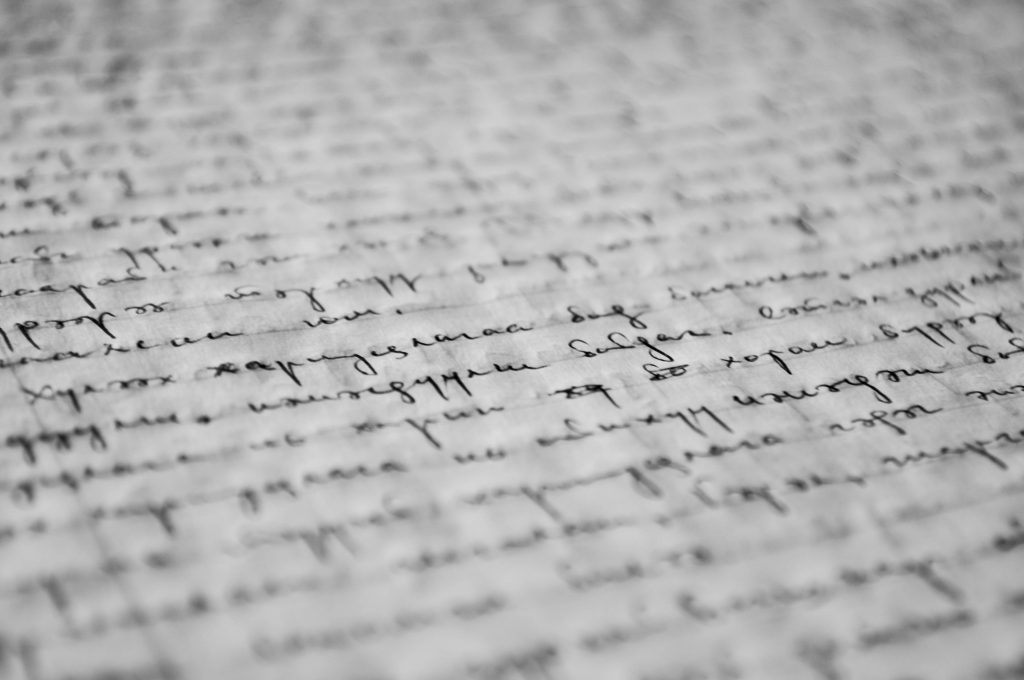Better Writing With Heuristics
One important part of the development of any skill is the metacognition. This is the “thinking about thinking” that lets people know when they’re good at what they do and what they need to improve.
If we call the sum of all conscious knowledge about a subject a schema, then an individual framework for knowledge within a schema would be called a heuristic. A good analogy here would be the entire game (schema) compared to a single rule (heuristic).
The Point of a Heuristic
Writing heuristics are distinct from certain other assessment tools.
Something like Hemingway’s advice to avoid adverbs isn’t a heuristic, nor is counting adverbs within a piece. The former is conventional wisdom, and the latter is a simple application of that.
Likewise, something like a rubric for assessment in a classroom setting is not a heuristic. A rubric may draw inspiration from a heuristic, or it may be an arbitrary creation for convenience’s sake.
The point of a heuristic is to provide a pathway to analysis. This can be crunchy and data-driven, but it can also be subjective.
Whether quantitative or qualitative, the important part of a heuristic is to provide a means to approach the task of thinking about a subject.
There’s no uniform heuristic. Something like a mnemonic is a heuristic, but so is a complicated manner of understanding.
The important thing about a heuristic is that it unloads effort. Different purposes can drive a heuristic’s use, like classification or comparison, but they are all useful as a common method for dealing with unlike things.
The purpose is two-fold. Consciously developing a heuristic provides a straightforward path to development. However, it has the greater effect of reducing the energy required to think about subjects.

For writers, this has a dramatic effect because heuristics can take a role in any step of the writing process. Good heuristics make writing more accessible, and they also prevent errors that creep in when a writer isn’t able to focus on other elements of their work.
I’m going to present three heuristics I use to think about writing.
Example: The Hero’s Journey
Joseph Campbell’s The Hero With a Thousand Faces kicked off the idea of the Hero’s Journey as it is found throughout modern discourse.
There’s no canonical Hero’s Journey; Campbell laid out a “monomyth” with various elements, and the Hero’s Journey focuses more on the protagonist’s part in things than the different elements of the monomyth.
To grossly simplify it, the Hero’s Journey is going from a zero to a hero and returning home once the protagonist has killed the dragon.
As a result, you’ll see a variety of takes on the Hero’s Journey based on the level of detail and purpose, from a twelve-step affair to my five-part simplification I wrote when looking at narratives in games a few years back.
One part of this heuristic that makes it useful is the role it plays in overall structures of stories. It’s talked about as a “secret” to “perfect storytelling” in Hollywood circles, and is notable for inspiring the Star Wars series and countless later films.
Its influence in literature is also fairly wide reaching. It’s used as an analytical tool in classrooms (often paired with Homer’s Odyssey), but it also serves as an outline.
Writing a story along the framework of the Hero’s Journey is easy. I’ve done it myself for NaNoWriMo. Its simplicity and its universality make it difficult to even know where it’s been used. It ties into the same foundations as soporific high-school plot diagrams and Aristotle’s three-act structures, which gives it competition. However, enough people have given it explicit credit for shaping their work that its reach is undeniable.
The Hero’s Journey is perhaps the most used heuristic in modern literary studies, despite the presence of similar alternatives. And it is for that reason that we should think about what it’s good for.
The Hero's Journey is perhaps the most used heuristic in modern literary studies… Share on XDissecting the Hero’s Journey
The Hero’s Journey is so generic as to cover almost all stories, which is of value for a heuristic. It focuses on the entire narrative of a story rather than a particular piece. However, the Hero’s Journey is often broken down into steps, which are themselves heuristics. This can get it mistaken for a schema, which isn’t the case because it is one way of considering a story rather than a contained set of all known ways of understanding a story.
This is one thing that sets it apart from the alternatives. It’s possible to adapt the Hero’s Journey for a tragedy with a couple changes to individual steps in the chain. Sometimes this isn’t even necessary. Chinua Achebe’s Things Fall Apart follows the heroic formula almost perfectly, despite being a tragic story.
Compare this to the traditional rising-action/falling-action approach. While stories build to a climax and resolution, that heuristic is too simple.
When a writer sets out to write a story knowing that there will be an inciting incident following exposition, they have an advantage over someone who knows nothing.
But they have very simple tools. Building to a climax and resolution is important, but it doesn’t provide the same guidance as the Hero’s Journey.
So the Hero’s Journey is useful across more domains than the simple plot diagram because it’s easier to work forward from.
However, we still use the plot diagram in an educational setting because it makes identifying certain elements of a story easier than something with all the baggage and complexity of the Hero’s Journey. This is a trade-off with all heuristics.
Wrapping Up
Writing heuristics are useful for giving a baseline from which to work, and in the coming weeks I’ll cover a few more examples to give ideas and build upon them. This article sets the ground-work for that, but hopefully the way of thinking about these methods as tools to gather will be helpful on its own.
